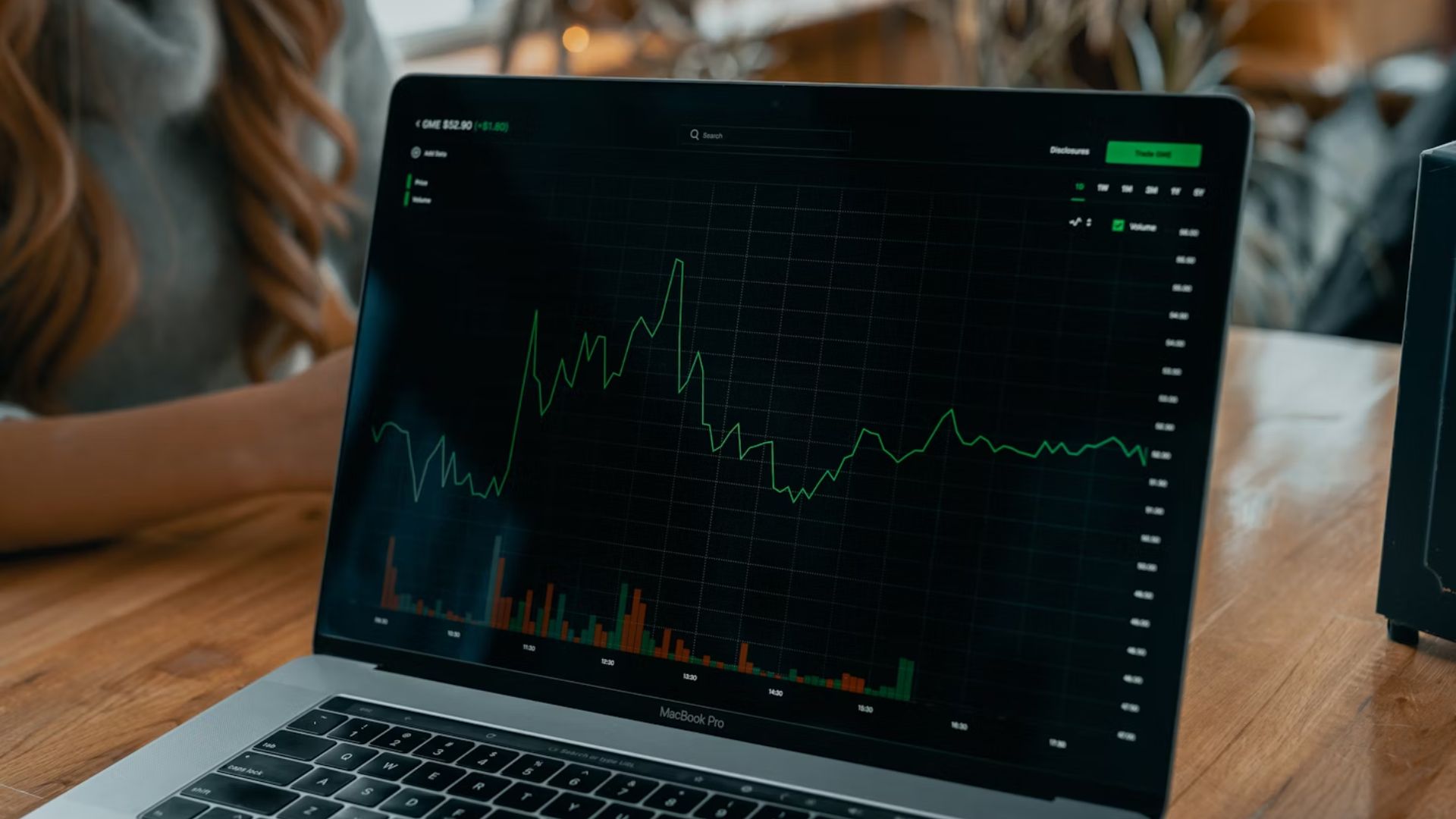When Warren Buffett, a highly successful investor, makes a move in the market, it grabs attention. Recently, as reported by CNBC’s “Buffett Watch,” the chairman of Berkshire Hathaway increased his holdings in Liberty SiriusXM and Occidental Petroleum.
If you aspire to emulate Buffett’s investment strategies, you can find a comprehensive overview of Berkshire’s public investments by scrolling down on that page. Notably absent from the list of stocks are two exchange-traded funds: SPDR S&P 500 ETF Trust (symbol: SPY) and Vanguard S&P 500 ETF (VOO).
These funds, with their low costs, mirror the performance of the broad U.S. stock market through the S&P 500 index. While they represent a small portion of Buffett’s portfolio, he has consistently advocated for similar investments to dominate individual portfolios.

“At Berkshire’s 2020 annual meeting, Buffett emphasized, “In my view, for most people, the best thing to do is own the S&P 500 index fund.”
Buffett’s rationale is clear. For the majority of investors, both amateur and professional, beating the market is an uphill battle. However, by investing in index funds, one gains exposure to the entire U.S. market and can capitalize on its historical growth trajectory at a low cost.
“The trick is not to pick the right company. The trick is to essentially buy all the big companies through the S&P 500 and to do it consistently and to do it in a very, very low-cost way,” Buffett explained to CNBC in 2017.
How to Select an S&P 500 Index Fund For Your Investment?
Berkshire Hathaway holds shares in two prominent S&P 500 index funds, but the market offers many alternatives. Each fund offers similar exposure and returns, with the primary distinguishing factor being cost.
Consider the two funds in Warren Buffett’s portfolio. SPDR S&P 500 ETF Trust (SPY) has an expense ratio of 0.095%, while Vanguard S&P 500 ETF (VOO) charges 0.03%. Though seemingly minor, these fees can accumulate significantly over an investor’s lifetime.
Every dollar spent on fees is a dollar not invested and not compounding over time. This principle underpins Morningstar analysts’ decision to grant a “gold” rating to VOO and a “silver” to SPY.

To illustrate, let’s assume you invest $10,000 in VOO and achieve a 7% annualized return over 45 years. At the end of the period, you’d have approximately $207,208, having paid $908 in fees according to Bankrate’s mutual fund fees calculator.
Conversely, the same investment and return in SPY would yield about $200,000, with fees nearing $3,000.
Why would someone pay more for an equivalent product? In the case of SPY, the appeal lies in obtaining favorable prices for options trades, explains Todd Rosenbluth, head of investment research at VettaFI.
“SPY is the preferable option for short-term trading, where spreads are extremely narrow,” he notes.
However, for long-term investors, prioritizing affordability is generally advisable. VOO and other ultra-low-cost funds are better suited for individuals with intermediate or long time horizons. “The lower expense ratio will result in savings and more capital allocated to the equity market,” Rosenbluth emphasizes.


